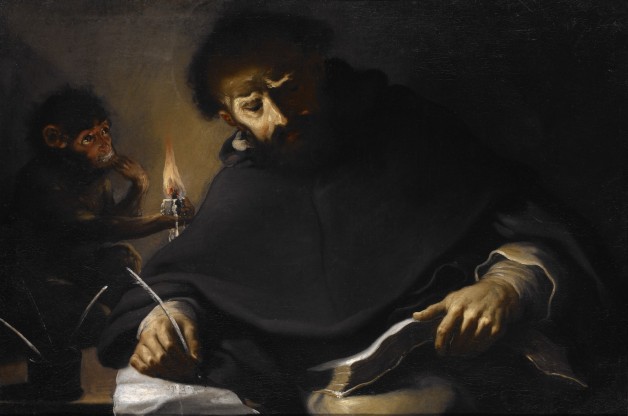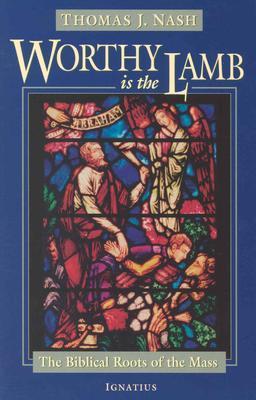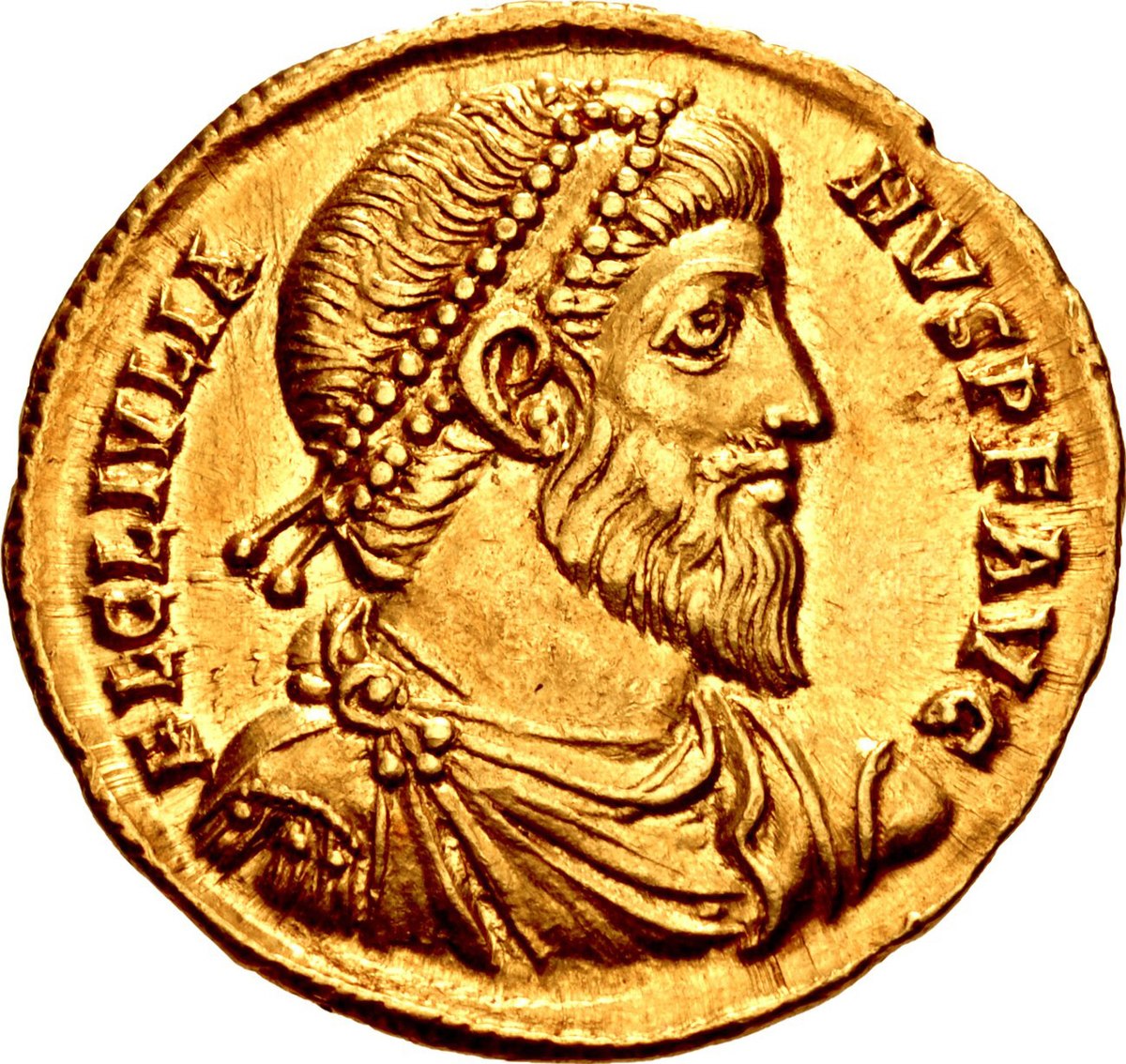A Canticle for Leibowitz was such a pleasure to read, I thought I would read its sequel, Saint Leibowitz and the Wild Horde Woman. You can tell that this novel wasn't completed by its author, Walter M. Miller, Jr. No way, would the same author let this so called sequel be released. Whomever completed it, completed the story, but he didn't refine the writing. This would have been the rough draft.
I'm surprised I persevered and finished the novel. The characters were too numerous and confusing. It was not unusual for a character to have three names! The major character, Brother Blackfoot was also called Blacktooth St. George, Nimveh Blackfoot St. George, Nimmy, and at times he's the monk, the cardinal, the hermit. There is too much violence. Everyone is at war and it's impossible to keep the combatants straight.
Surprisingly, besides the horror, there's humor in the story. Blackfoot seems to always land on his feet even though those in authority are always trying to control him. He's a loose cannon.
The story starts with Brother Blackfoot in the Abbey of Saint Leibowitz. He copies manuscripts and learns from them. He's a nomad and speaks a few of the Nomad languages, which makes him valuable to those in authority. Blackfoot is restless in the monastery and thinks of leaving. He becomes a "pain in the ass" to the abbot, who is thinking of kicking him out. Coincidentally, one of the conclavists, Brownpony, on his way to a papal conclave requires Blackfoot's skills. And so the adventure begins.
They travel, they fight, they meet other characters, they have misfortunes and they plod on. At one point, they run into the Pope's children. These are malformed people who keep to themselves. There is a female there, AEdrea who searches the travelers for weapons. When she searches Brother Blackfoot, she massages his genitals and gets an arousal. Brother Blackfoot is alarmed. He doesn't know what to make of it, but mostly he wants it to happen, again. In AEdrea's searching, she confiscated many objects, including Brother Blackfoot's rosary and guitar. AEdrea,vixen as she is, refused to return them, unless he meets her in the barn's loft. (Let your imagination roam free.)
These two characters, meet a few times, and although AEdrea's vagina has been sewed shut, she still gets pregnant. Evidently, she wasn't circumcised, choosing to sew her vagina up, thinking that would prevent pregnancies. She gives birth to twins who are given away for adoption and we never hear about them, again. Would Walter M. Miller, Jr. have left that thread hanging?
Brownpony becomes pope. Brother Blackfoot becomes a cardinal. For awhile. Warring hordes kill Brownpony and Brother Blackfoot wanders. He wanders until he settles into a hermitage near Saint Leibowitz's Abbey. There he dies an old man.
Sorry, this review is convoluted but so was the novel.




















